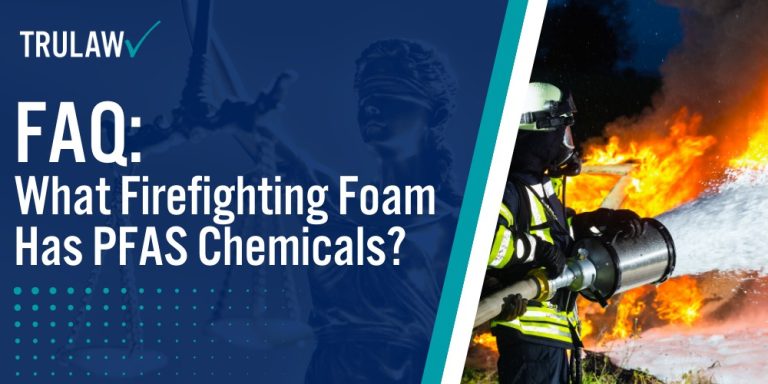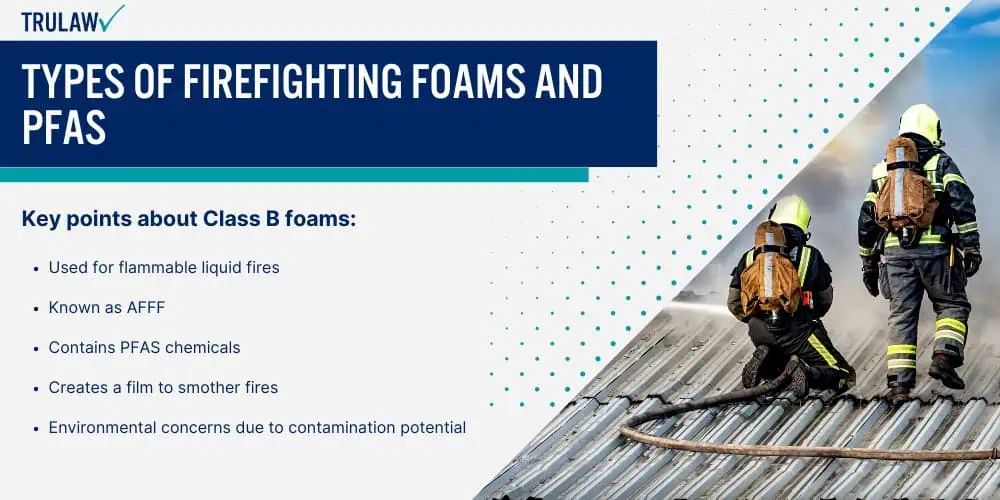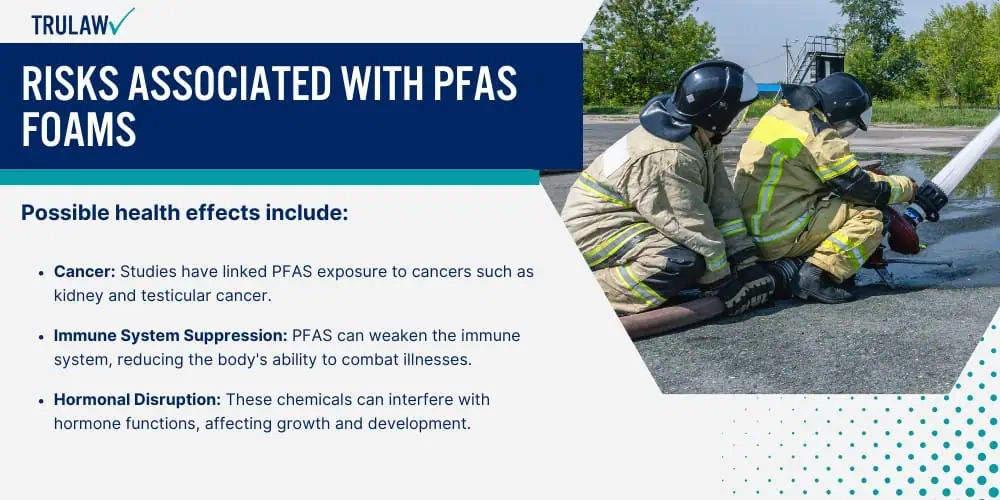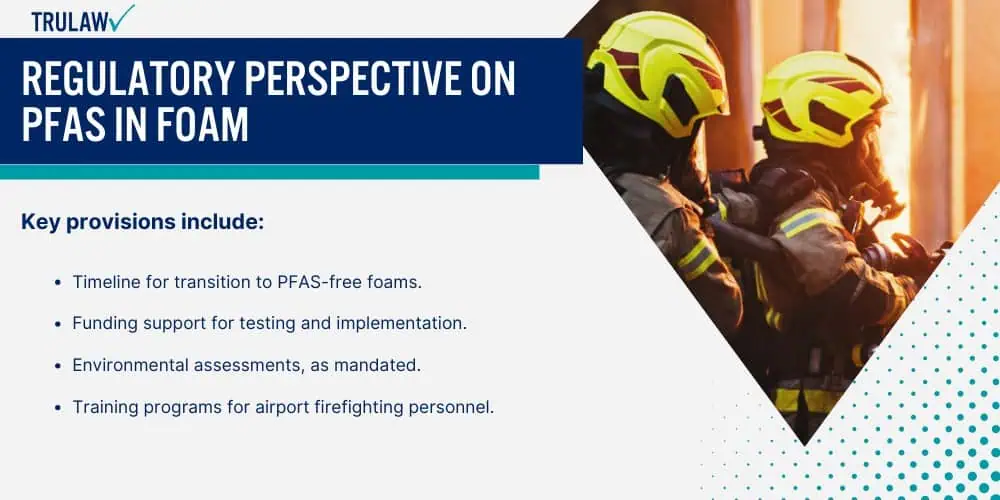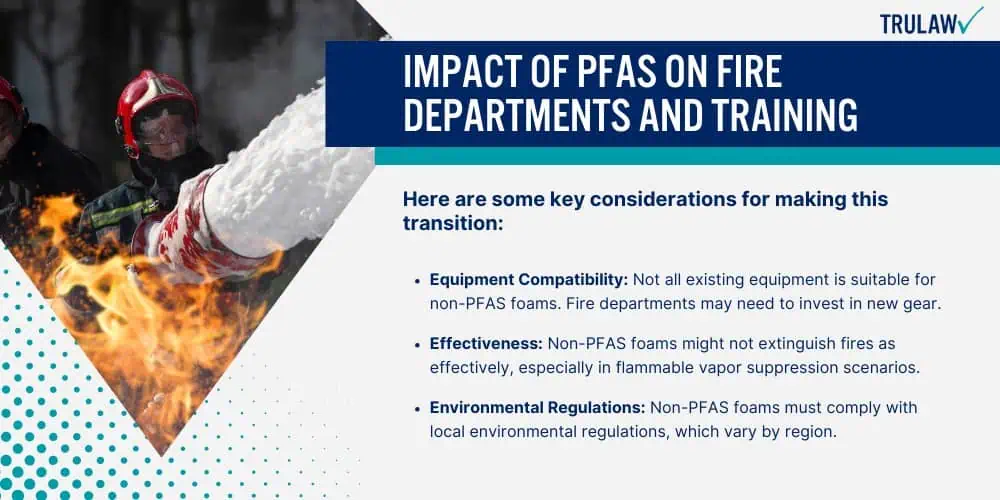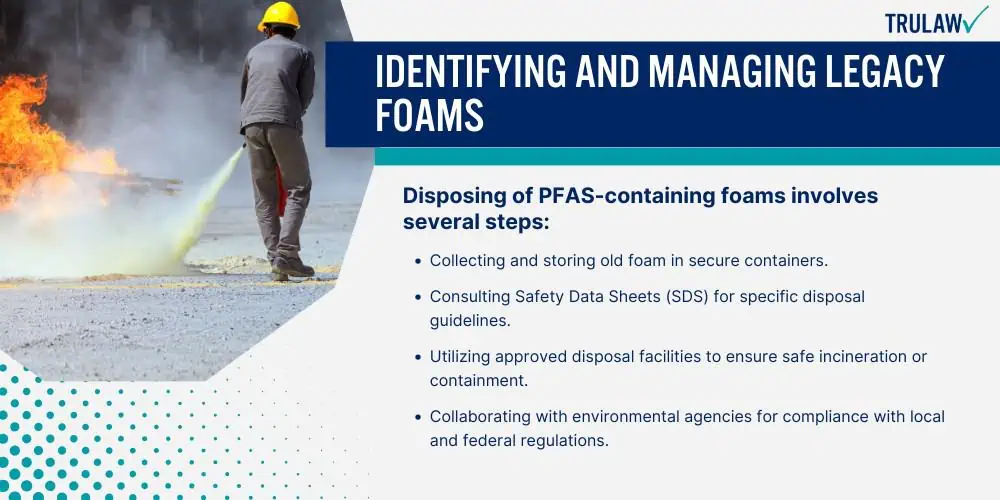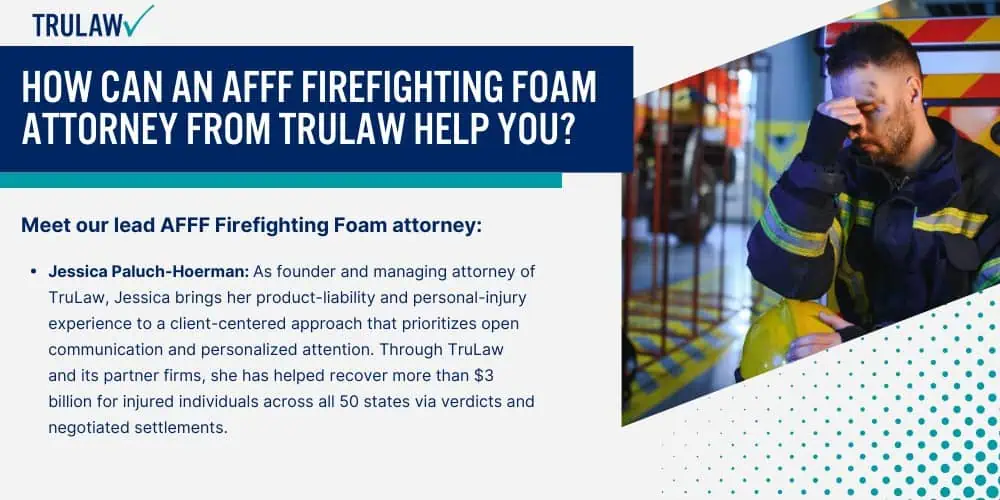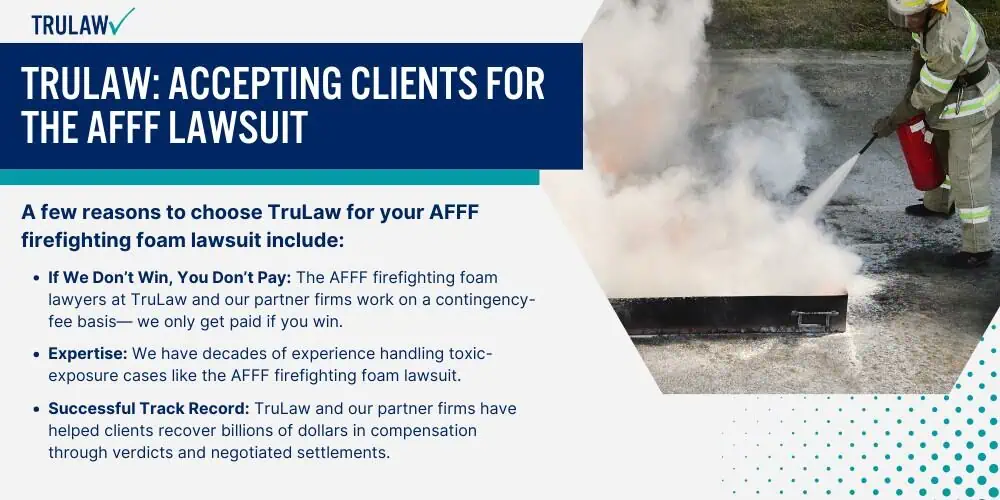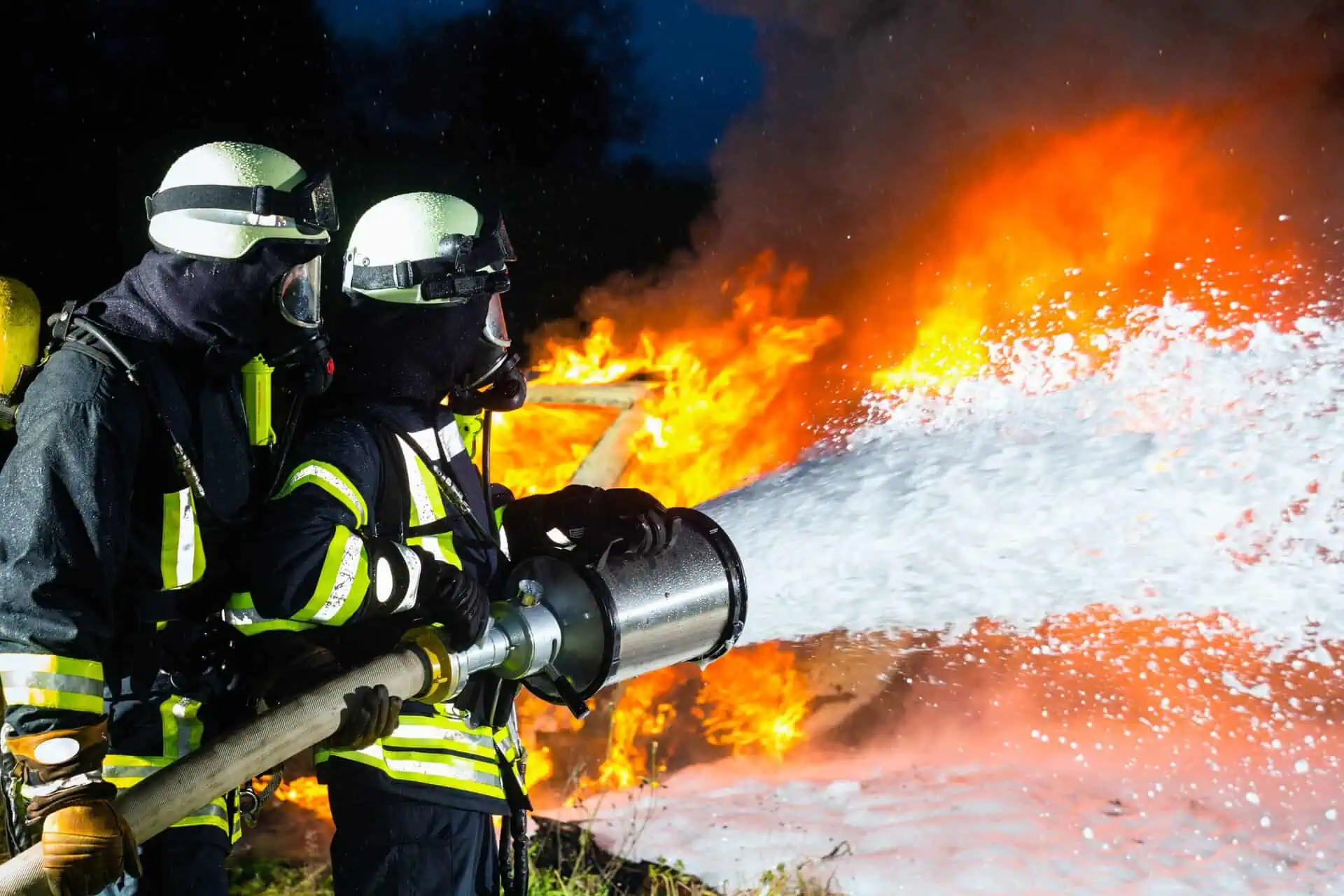PFAS chemicals are essential in some firefighting foams, enhancing their effectiveness at extinguishing fires.
This section explores PFAS chemicals, their role in firefighting foams, and a specific type of foam known as Aqueous Film Forming Foam (AFFF).
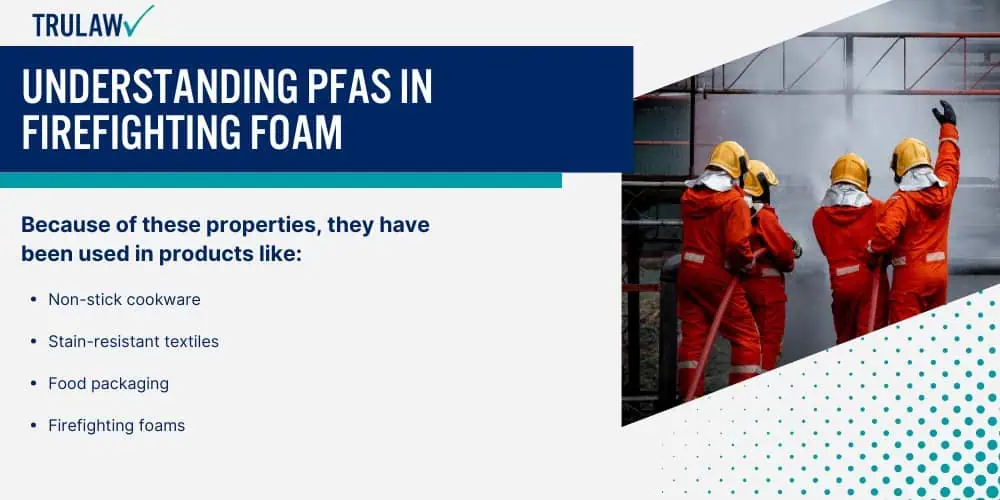
What Are PFAS Chemicals?
Polyfluoroalkyl Substances (PFAS) are a group of over 9,000 synthetic chemicals widely used in various industries.
These chemicals are known for resisting heat, water, and oil.
Because of these properties, they have been used in products like:
- Non-stick cookware
- Stain-resistant textiles
- Food packaging
- Firefighting foams
PFAS compounds are stable and persist in the environment, leading to the nickname “forever chemicals.”
Studies have linked them to health issues such as cancer, liver damage, and developmental problems in infants.
The Role of PFAS in Firefighting Foams
PFAS-containing foams play a significant role in firefighting, especially when dealing with flammable liquids.
These foams create a barrier between the fire and the fuel, preventing the release of flammable vapors.
PFAS in these foams provides:
- Fast spreading on the surface of liquids
- High heat resistance
- Long-lasting foam stability
These properties make PFAS foams suitable for high-risk environments, such as military bases and airports.
Their effectiveness in suppressing jet fuel fires is unparalleled, though their environmental and health impacts have raised concerns among scientists and regulatory bodies.
Aqueous Film Forming Foam (AFFF)
Aqueous Film Forming Foam (AFFF) is a type of firefighting foam that includes PFAS chemicals.
It has been widely used for decades, particularly in situations involving liquid fuel fires.
Key characteristics of AFFF include:
- Rapid fire suppression
- Formation of an aqueous film that blocks oxygen
- Excellent spread-ability
Despite its effectiveness, AFFF has been linked to environmental pollution and health risks.
The U.S. Department of Defense is working on phasing out PFAS-containing AFFF in favor of safer alternatives.
Measures to replace or remediate PFAS-contaminated sites are also in progress, reflecting increasing awareness and regulatory action against PFAS.
